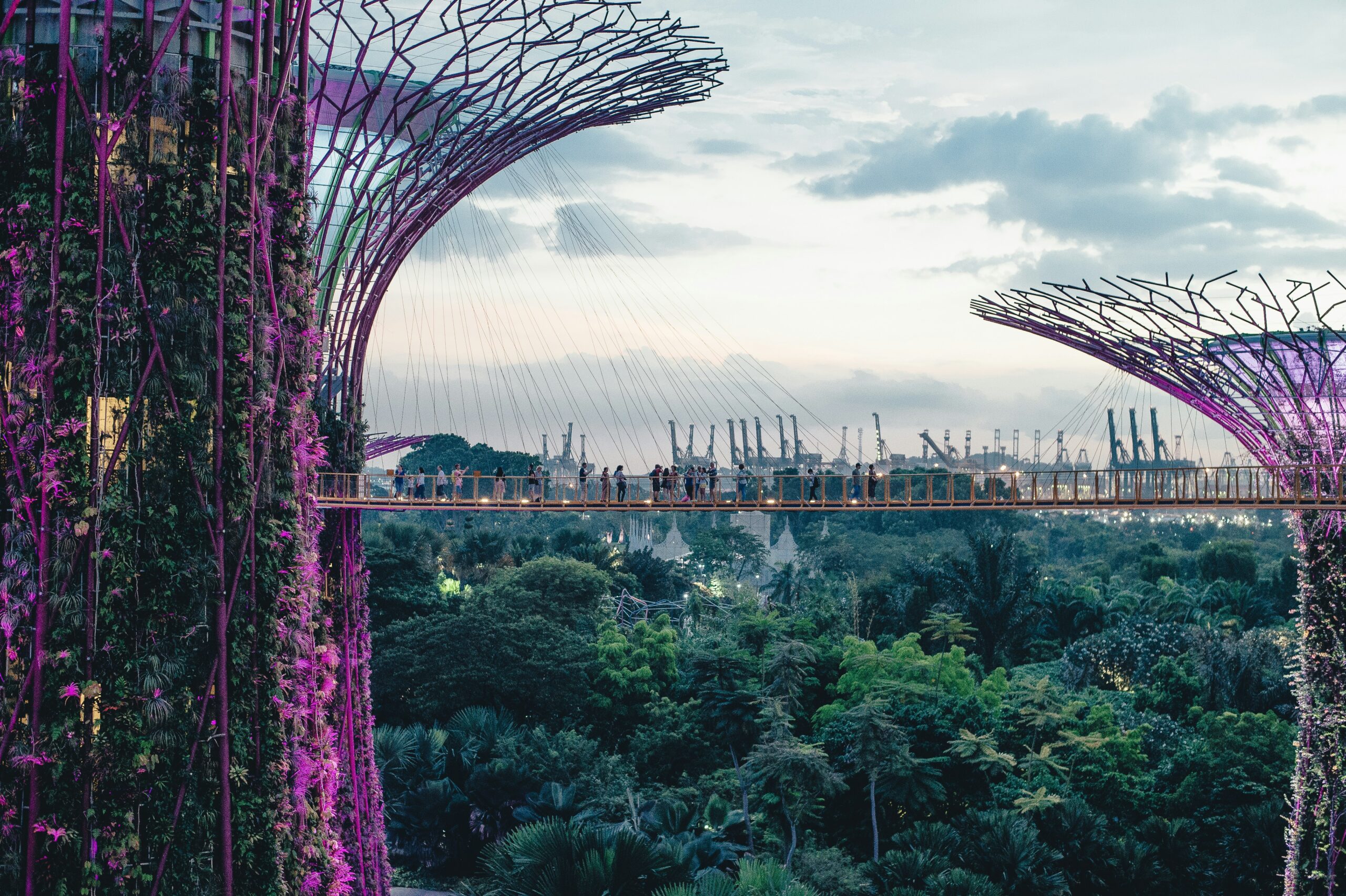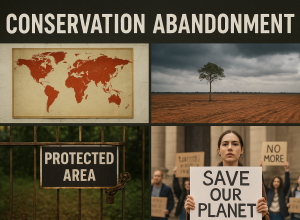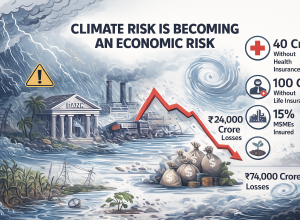It’s 2037. In a recycling facility just outside Kigali, a teenage girl named Amina watches robotic arms gently disassemble discarded solar panels. She’s one of thousands in Africa’s new wave of circular economy engineers—part of a movement that’s rewriting humanity’s relationship with resources. The panels came from an EV station in Germany. Their next life? Battery enclosures in Kenya’s grid-storage farms. Nothing is wasted. Nothing is lost. Every molecule accounted for.
This is not science fiction. This is the new metabolism of the green tech world.
By 2030, the global supply chain isn’t just greening—it’s being reborn. The year will not be a finish line, but a pivotal inflection point where the nascent greening of global supply chains matures into a fundamental restructuring of planetary resource flows. Driven by the brutal arithmetic of climate deadlines, resource scarcity biting deeper, and the hard-won lessons of geopolitical volatility, the post-2030 green tech supply chain transcends mere decarbonization and ethical sourcing. It evolves into an intelligent, hyper-optimized, and fundamentally circular network – a living, responsive metabolic system for the clean economy, demanding unprecedented levels of collaboration, technological audacity, and systemic thinking to power humanity’s survival and prosperity in a climate-disrupted world. The linear “mine, manufacture, discard” model is rendered obsolete, replaced by dynamic loops of resource recovery, bio-integration, and localized resilience, all orchestrated by advanced digital twins and governed by planetary boundaries as the ultimate KPI.
Picture AI-powered systems that anticipate product end-of-life the moment something is made. Solar panels, wind turbines, and EV batteries aren’t discarded anymore; they’re pre-tagged in digital twins, designed for disassembly, regeneration, and reinvention. By 2035, over 70% of lithium-ion batteries are recycled—up from a dismal 10% a decade earlier. Urban mining becomes more lucrative than traditional mining, with disused electronics yielding rare metals through advanced hydrometallurgy and AI-guided recovery.
The line between technology and biology blurs. Microbes now extract nickel and cobalt from waste streams more efficiently than smelters. Mushrooms replace plastics. Genetically engineered yeast cultures birth materials that once required petroleum. And the packaging? Grown, not manufactured.
But it’s not just technology. It’s geopolitics. Across the Global South, mineral-rich nations no longer settle for exporting ore. They’re building domestic capacity—factories, battery parks, tech clusters—to refine, manufacture, and retain value. Indonesia’s nickel empire becomes a blueprint. Governments assert their “resource sovereignty,” building alliances and demanding fairer stakes in the new clean economy. Strategic stockpiles of lithium and cobalt now sit in vaults, governed by treaties, just like oil once was.

Even the most stubborn sectors yield. Aviation and shipping—long considered hard-to-abate—shift to green hydrogen and ammonia. Heavy industry electrifies. Waste heat gets recaptured. CO₂ is pulled from the air and turned into fuels or locked into stone beneath our feet. The entire system pivots from carbon emitter to carbon sink.
Behind it all? A digital nervous system humming with intelligence. Billions of sensors monitor everything—from soil moisture in lithium mines to real-time emissions in microfactories. Quantum AI models predict disruptions, optimise routes, and pre-empt shortages. A single smart algorithm in 2040 could reroute EV battery production in seconds based on weather patterns, geopolitical risks, or emissions data. Supply chains become sentient—adaptive, predictive, even self-healing.
Yet the greatest leap isn’t just technical. It’s moral.
Regeneration becomes the metric that matters. Does this supply chain restore ecosystems? Does it pay living wages? Does it honour Indigenous stewardship over mined lands? Blockchain isn’t just tracking materials; it’s verifying justice. Contracts now include biodiversity offsets. Product labels show not just carbon footprints but community benefit scores.
Because for all our smart tech, our survival hinges on something ancient: reciprocity. Giving back more than we take.
So the green tech supply chain of tomorrow isn’t just about building a better economy—it’s about healing the one we broke. It’s about reimagining not just how we produce, but how we coexist. And that future, once distant, is arriving faster than we think.





